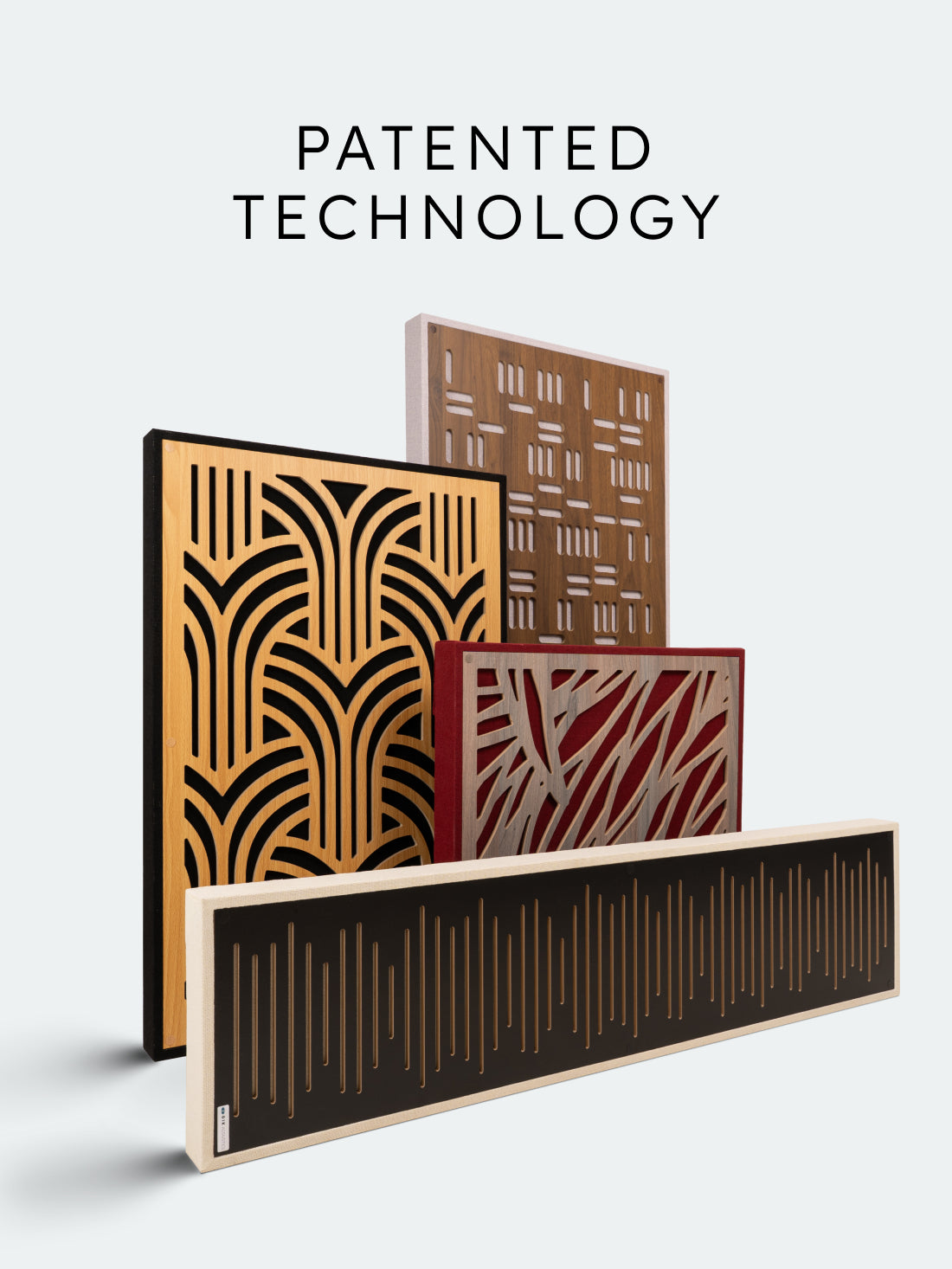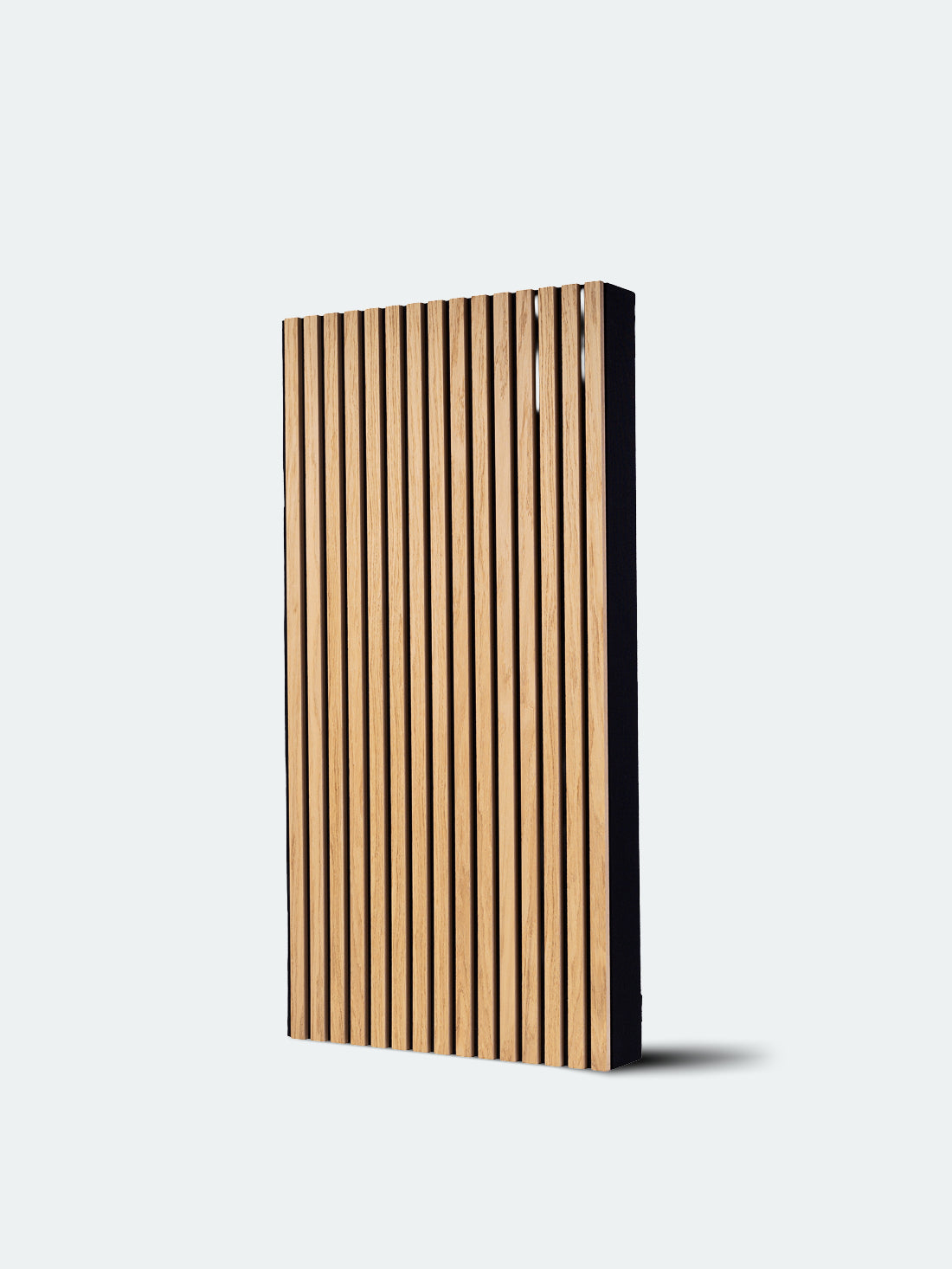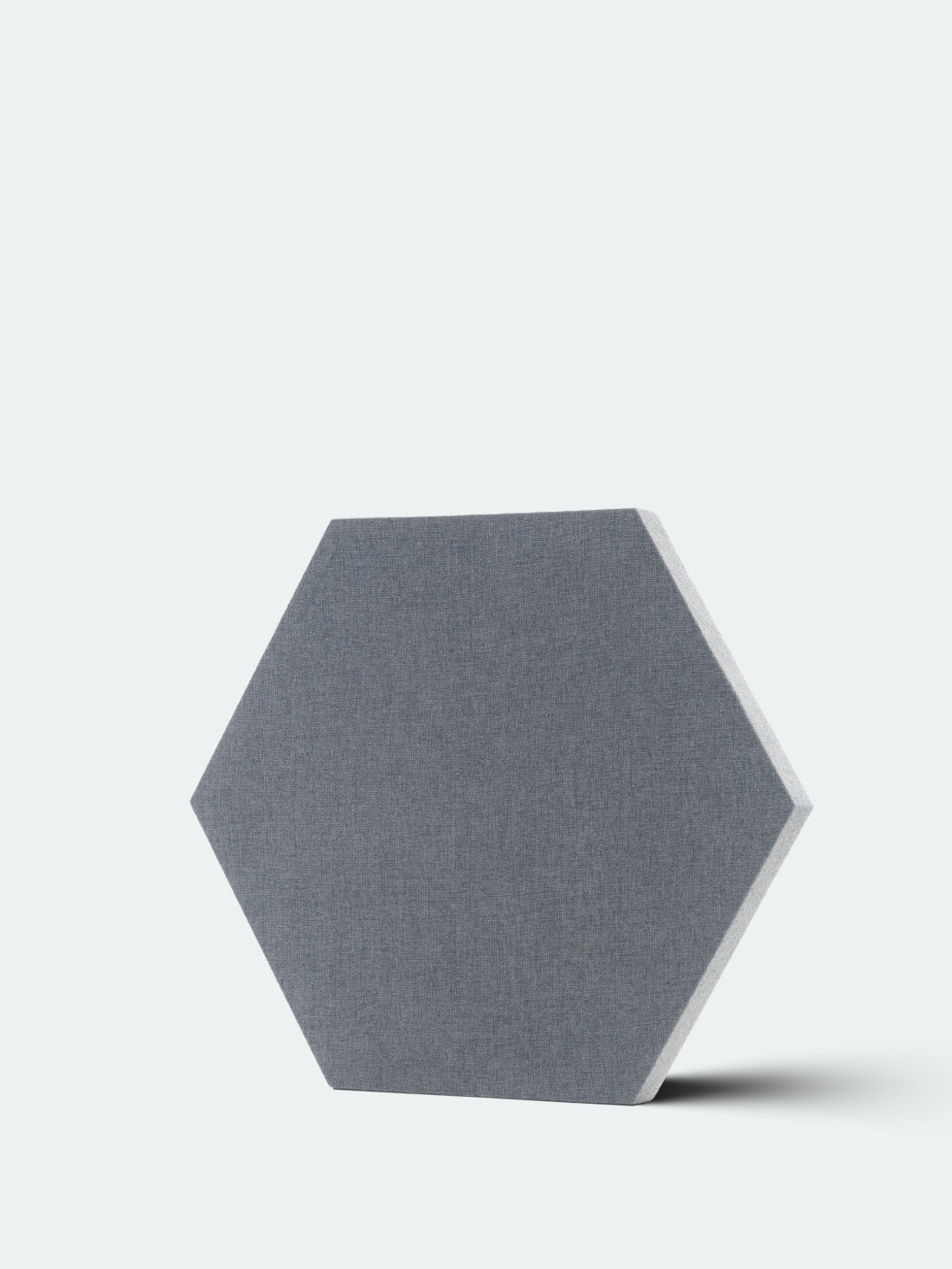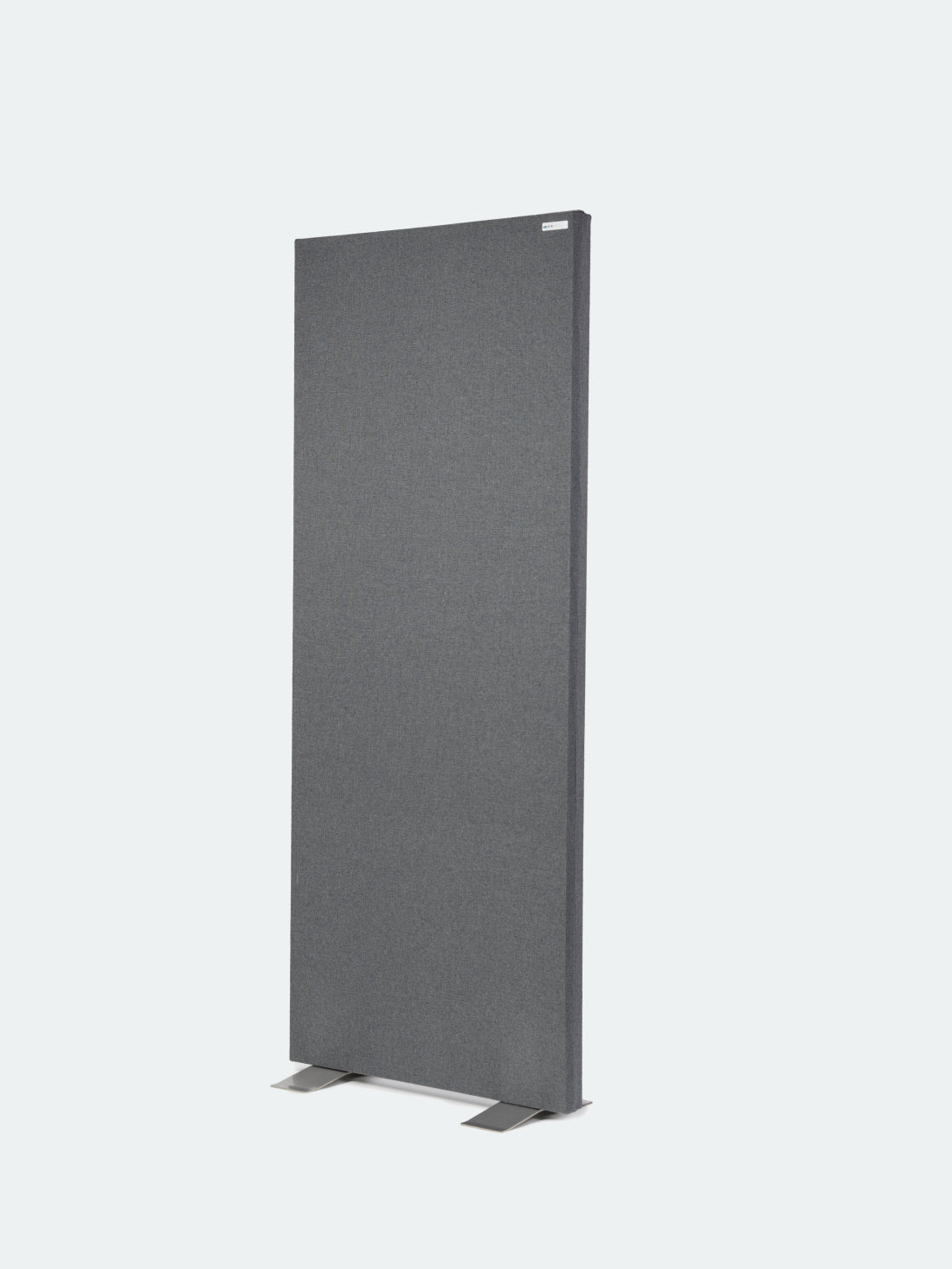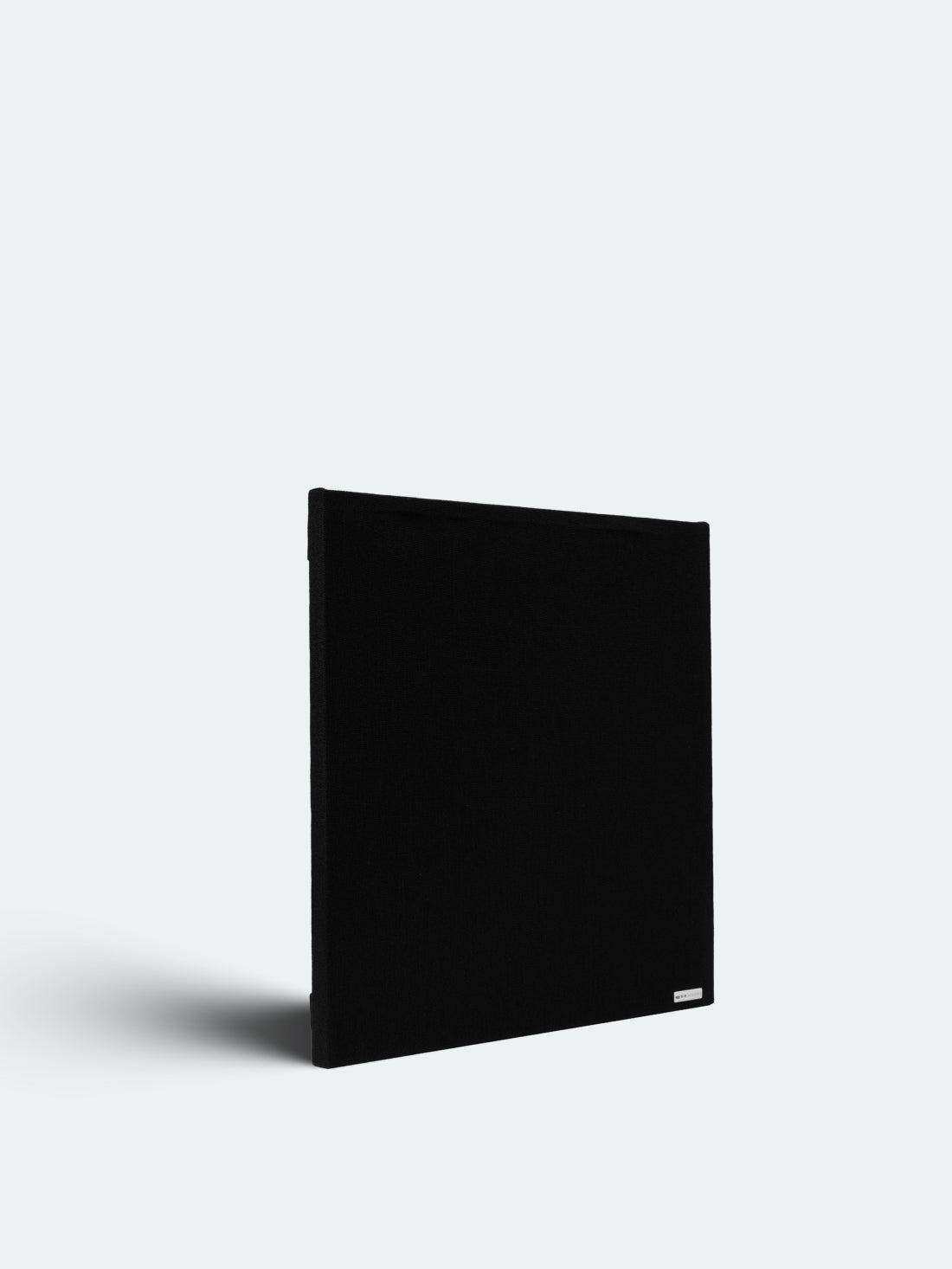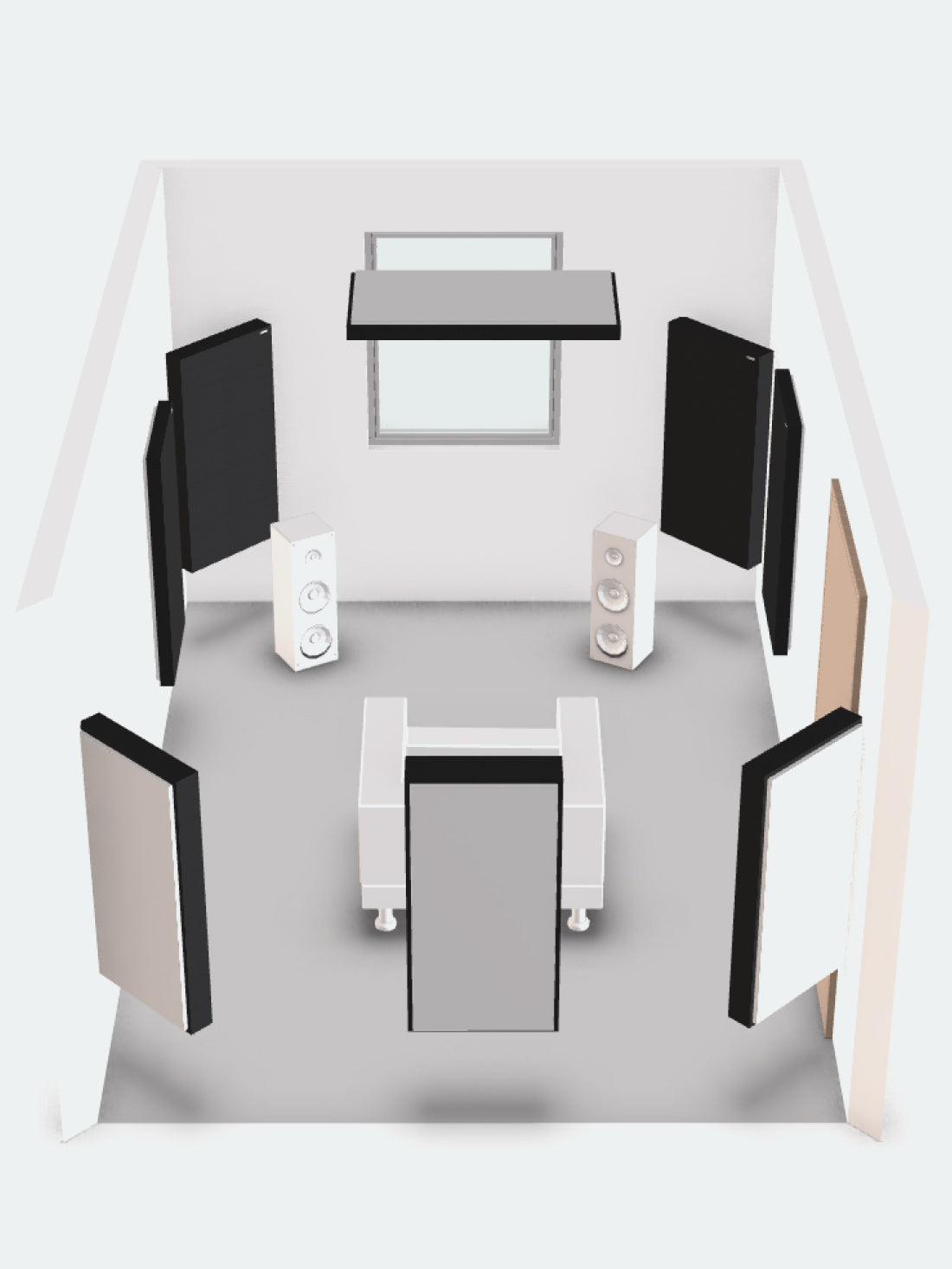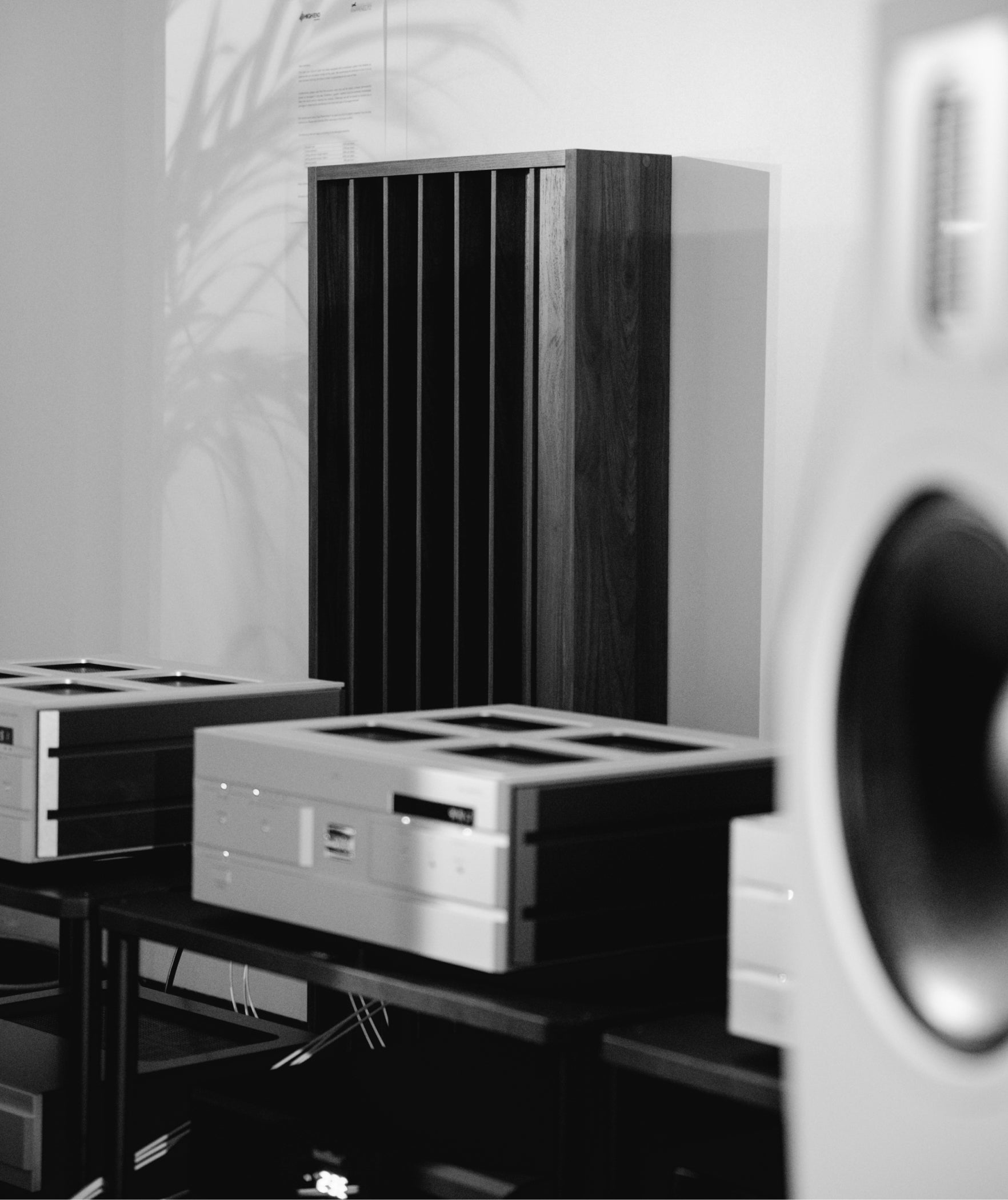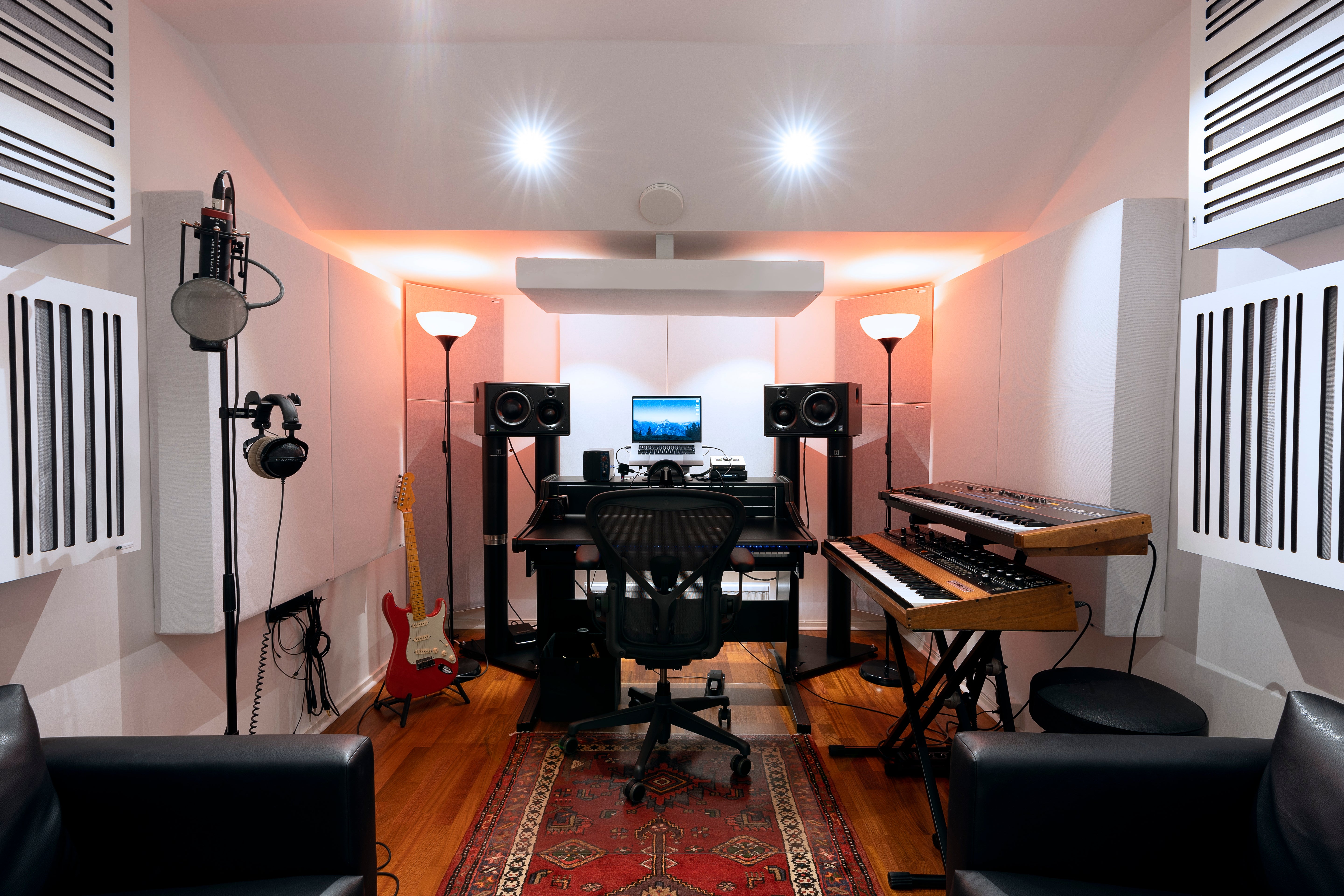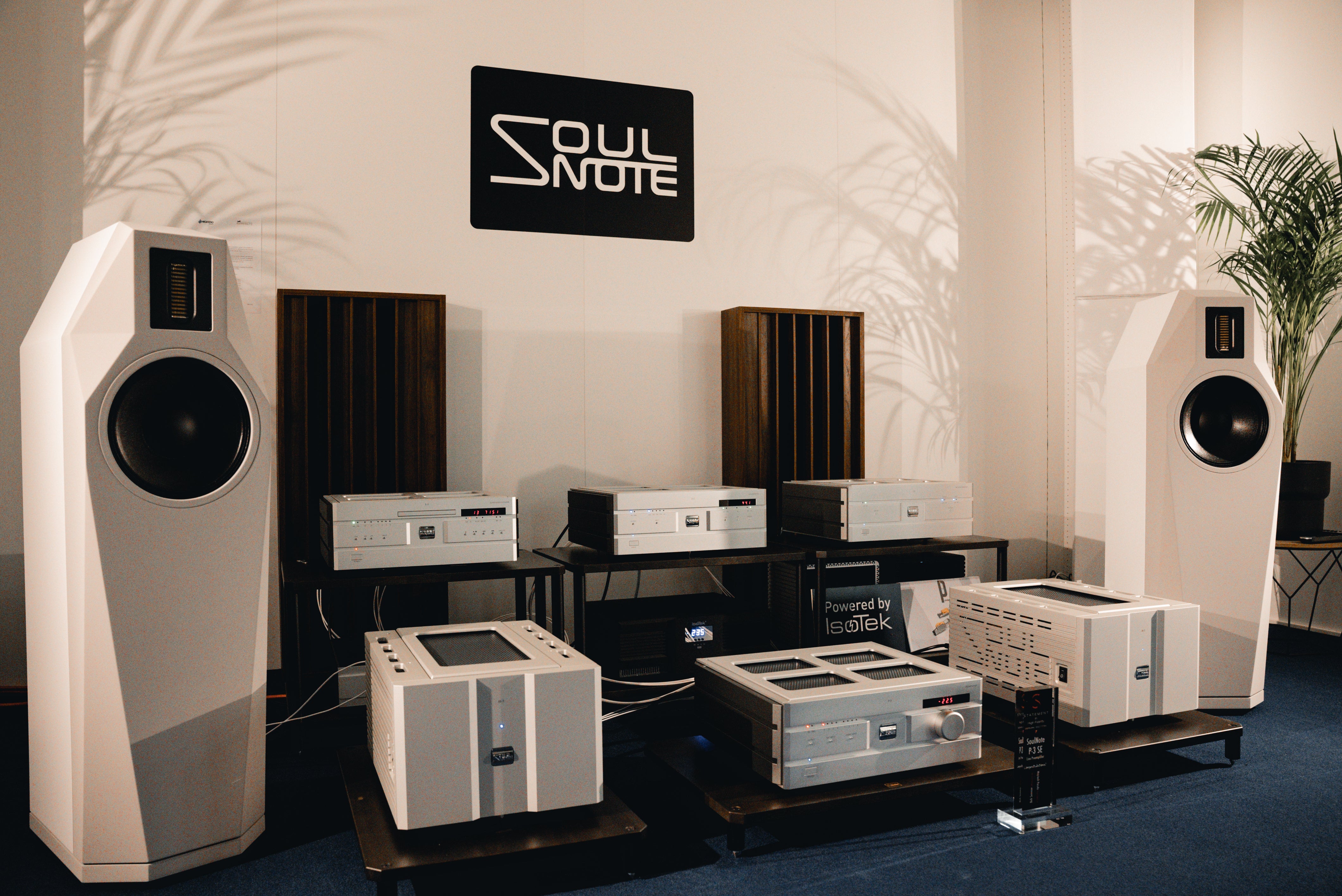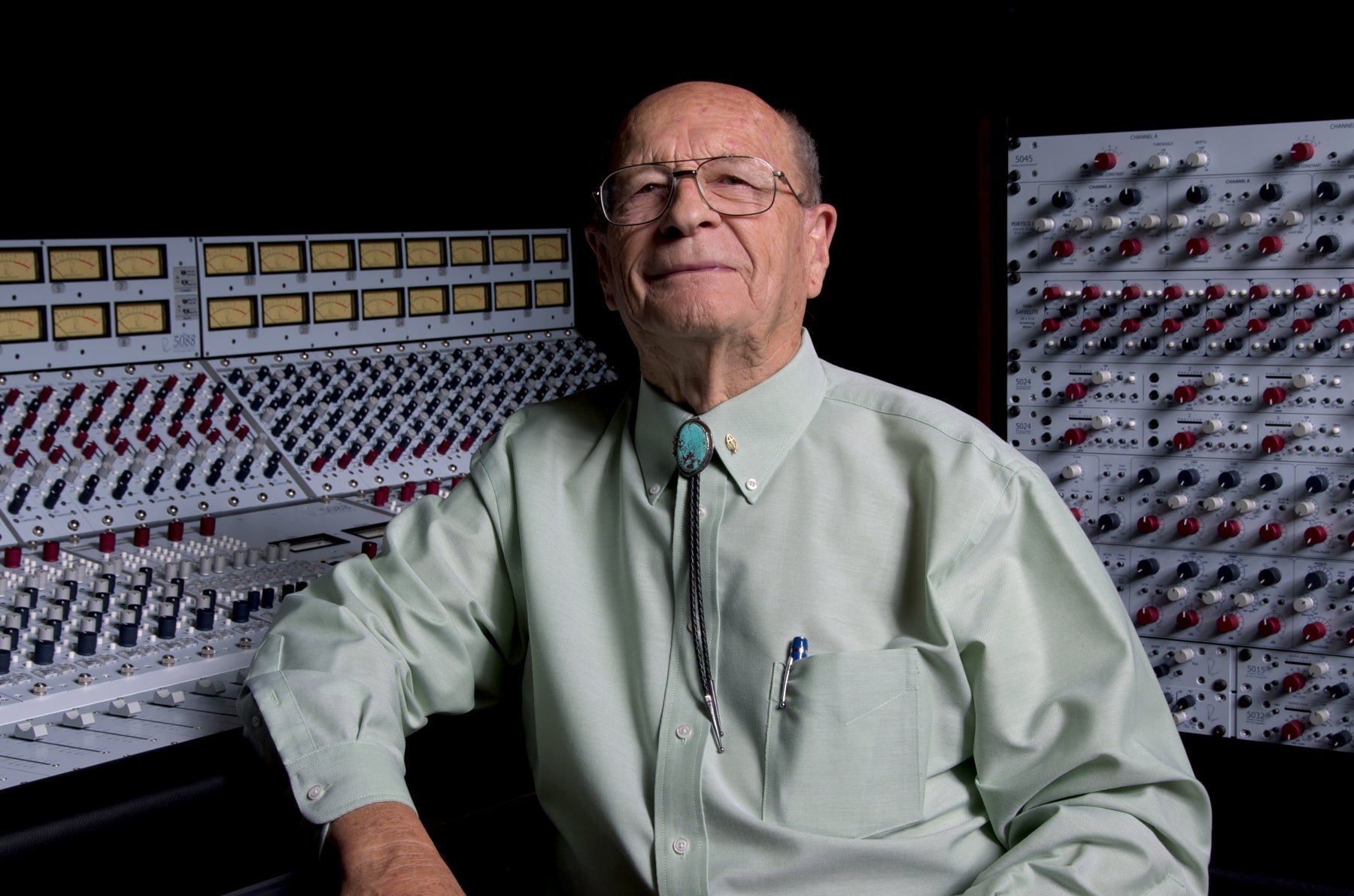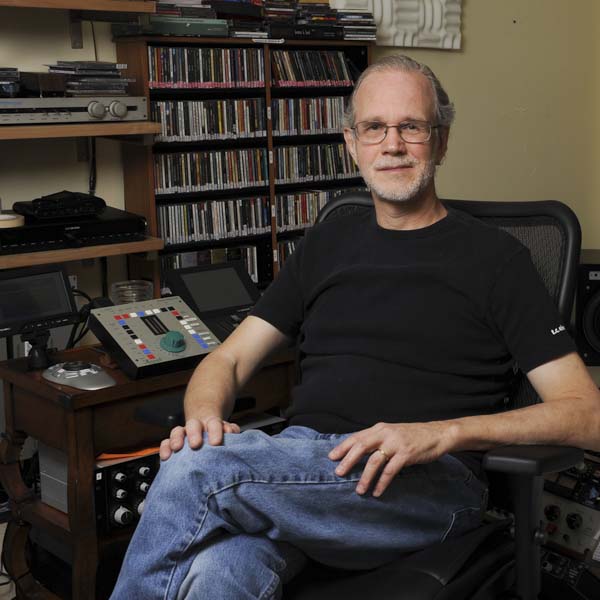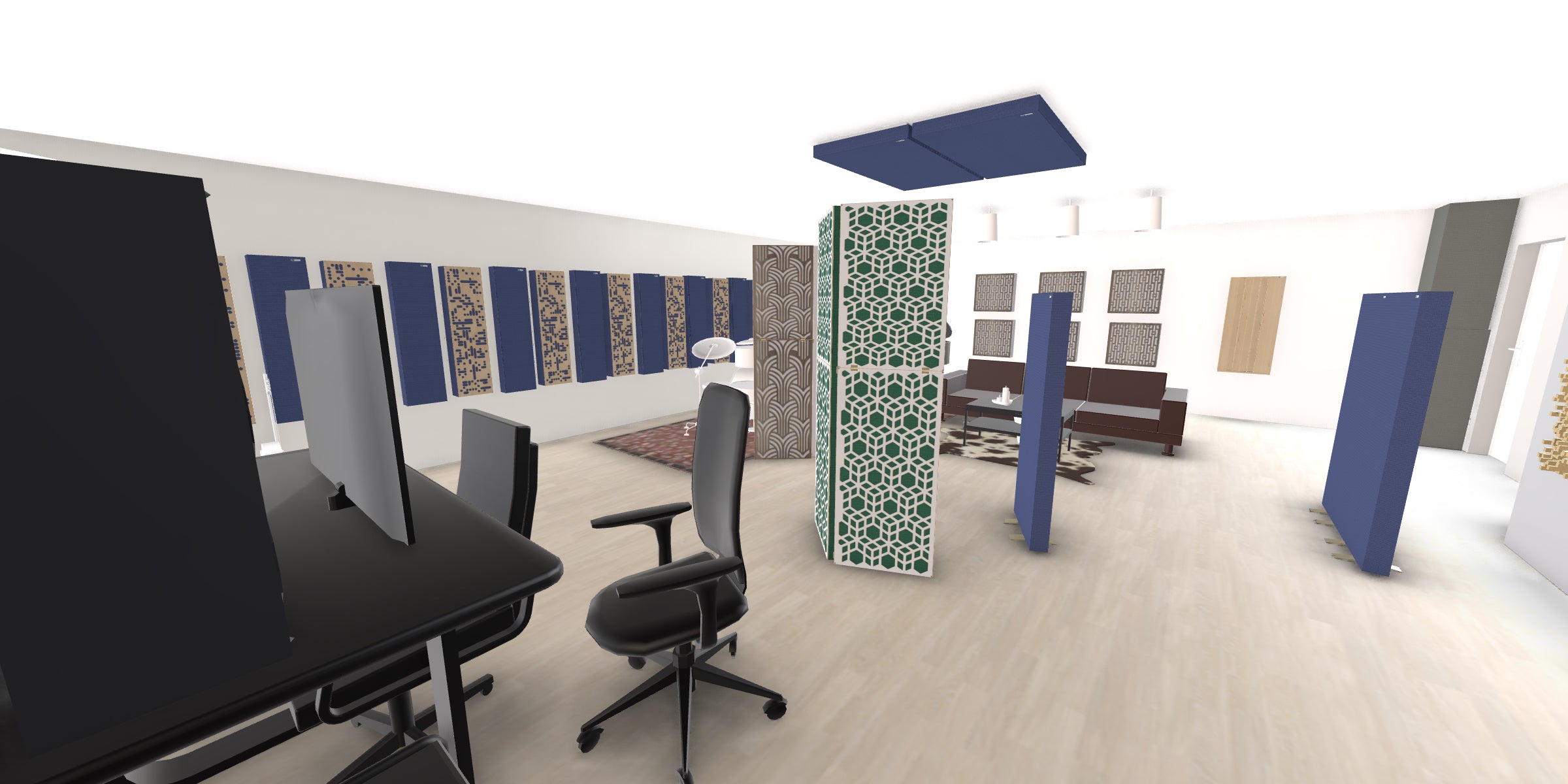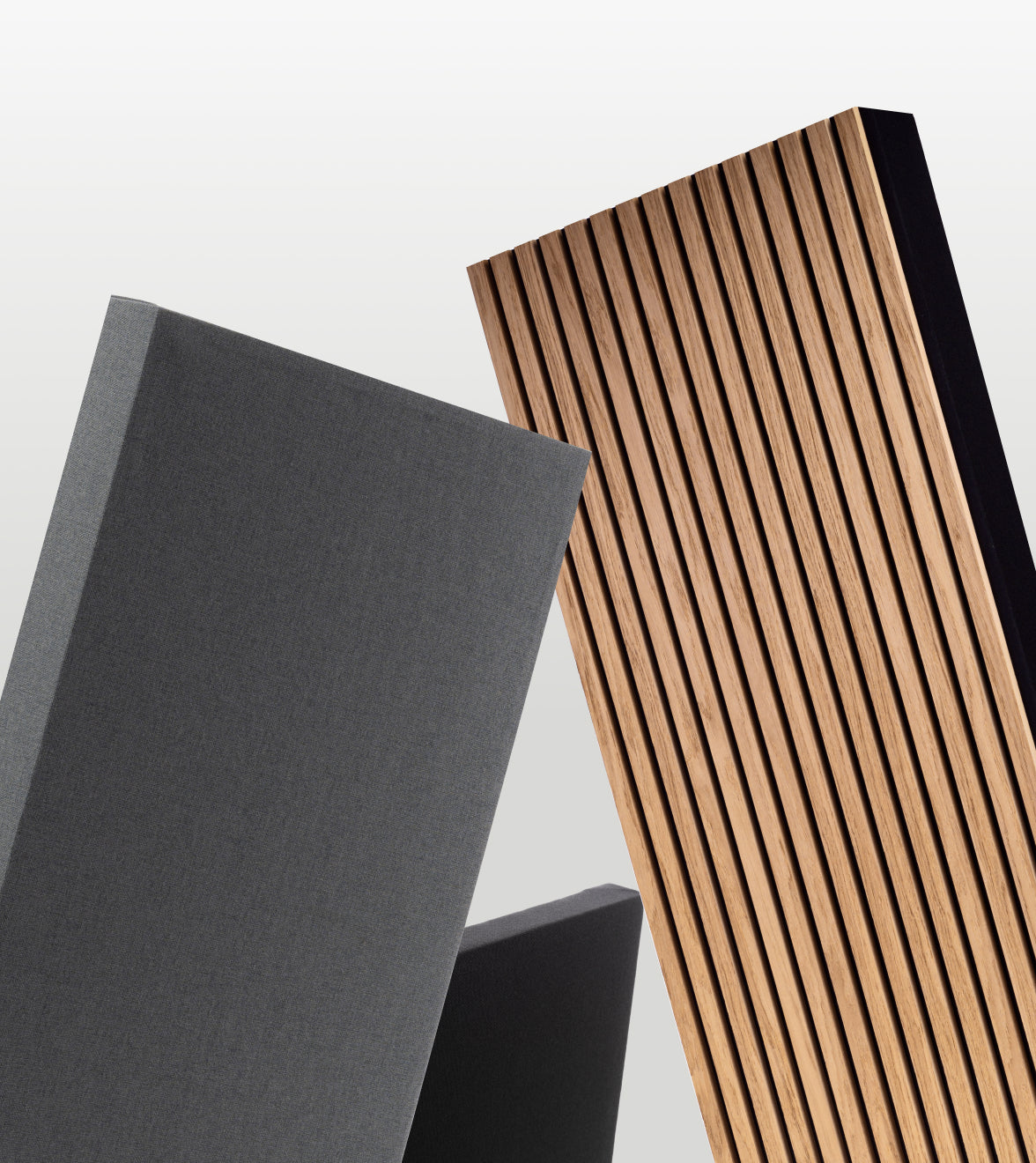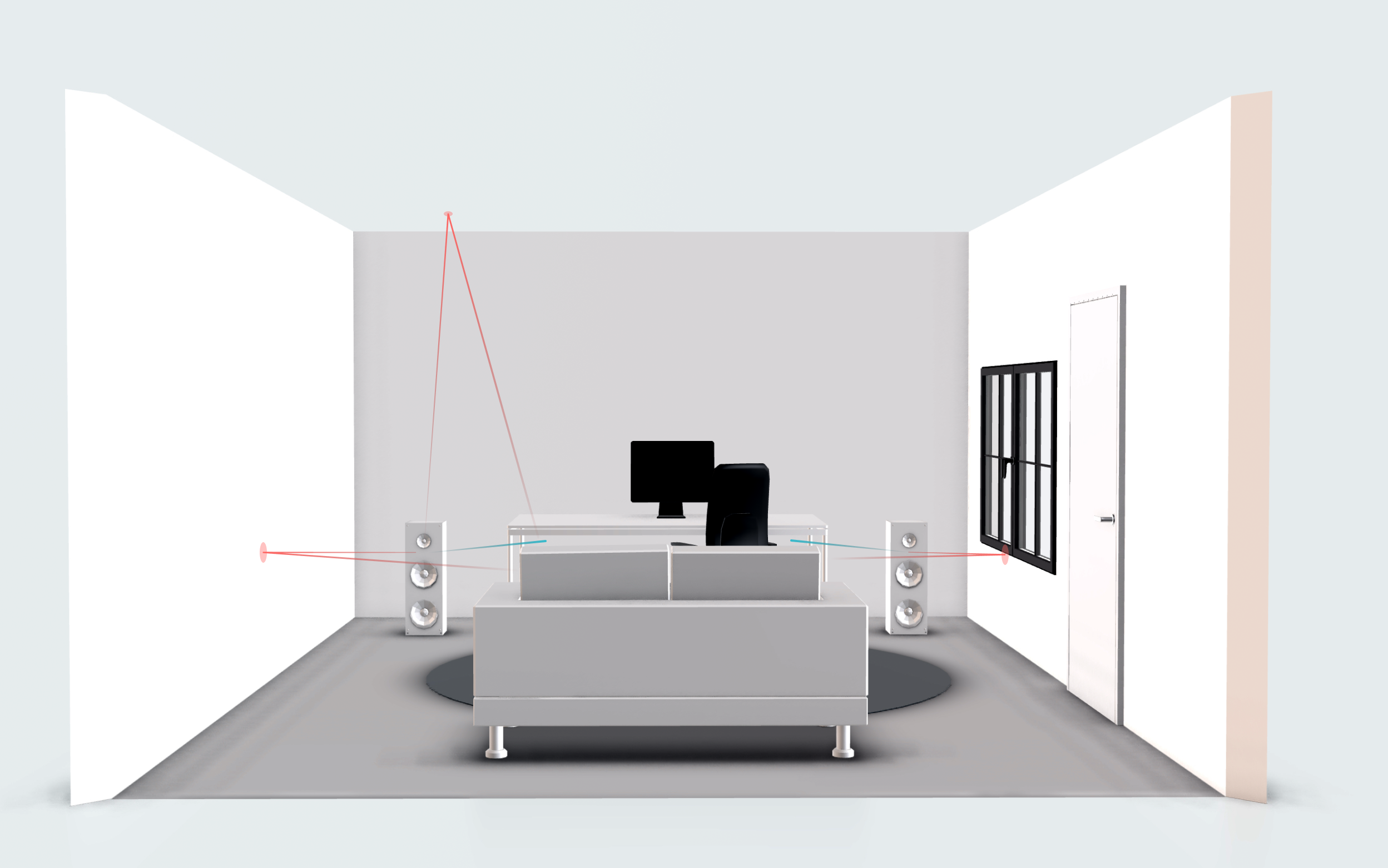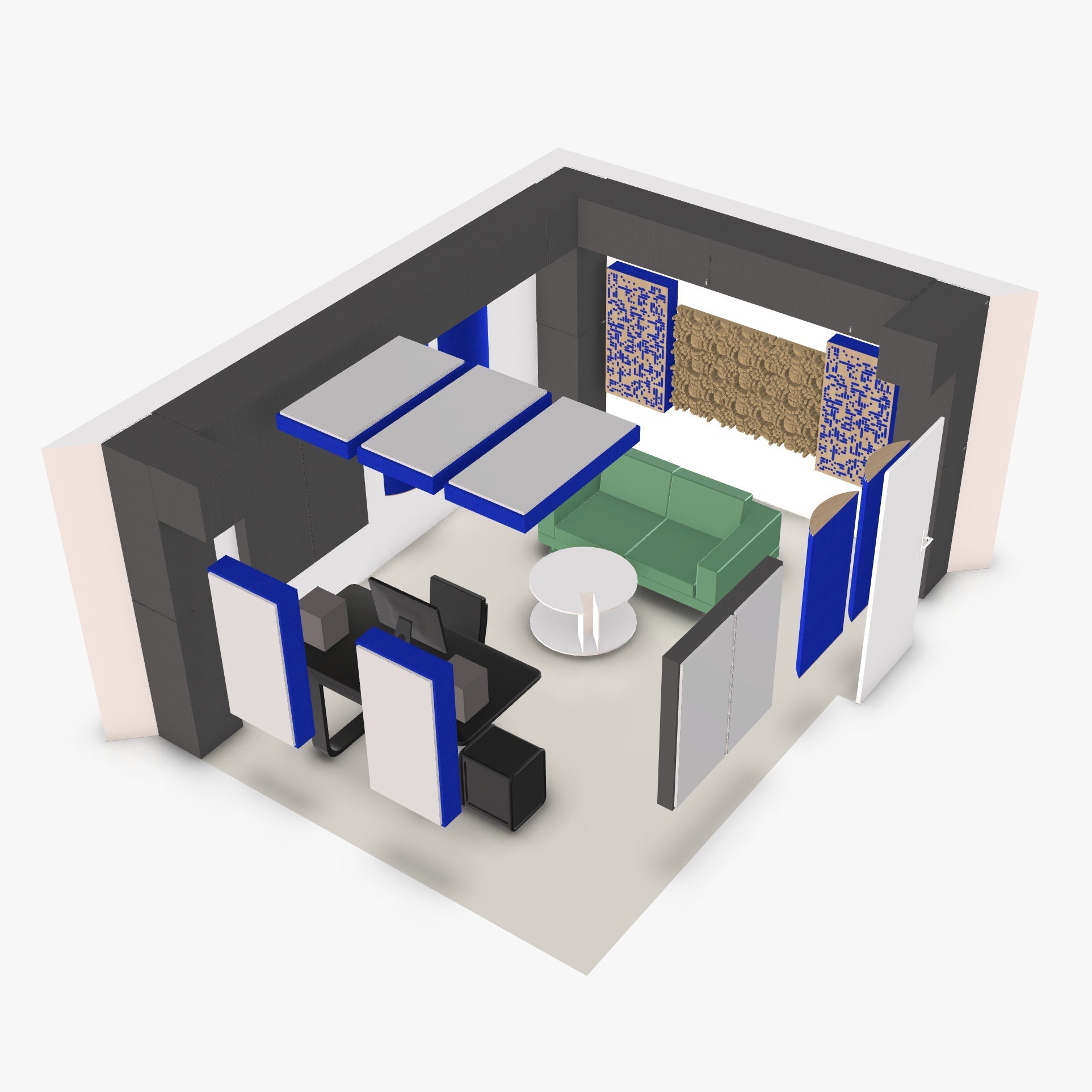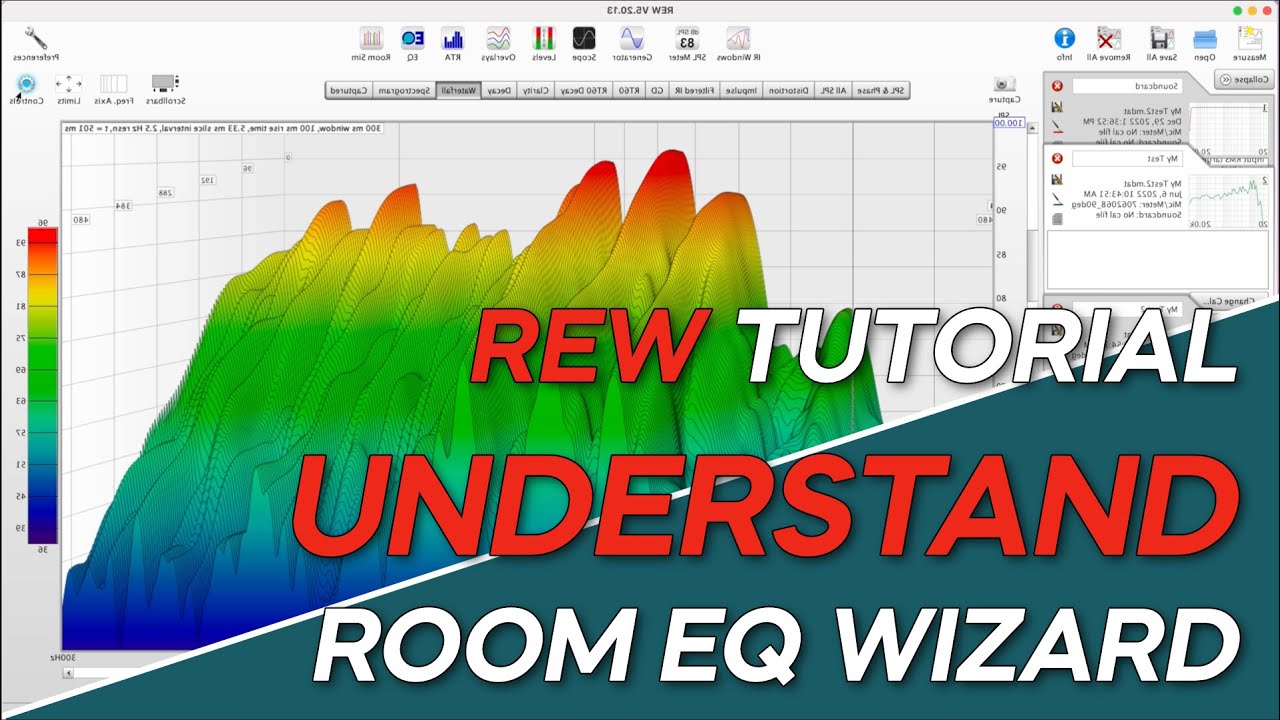BEST SELLERS
The Top Choice of Industry Professionals
Classic Acoustic Panels – SpotPanel
FlexRange® Acoustic Panels – 242
Professional Acoustic Treatment
FOR EVERY ENVIRONMENT
Trusted by the Experts
Chosen by leading studios, artists, venues, and brands worldwide. Our product has been recognized by industry leaders across the world for its superior quality and performance.
Inspiring Spaces
Shop The Look
FlexRange® Bass Trap Panels – 244/Monster
Plan Your Space Like a Pro
Expert advice, powerful design tools, and the guidance you need to get your space sounding right.
The Science of Sound
Acoustic Knowledge Base
Gain a deeper understanding of the impact of sound in confined areas and the role of acoustic treatment in improving acoustics
- by James Lindenschmidt
- by James Lindenschmidt
The Importance of a Trustworthy Listening Environment
No matter how good your speakers are, the room you are in imposes misleading coloration, uneven frequency response, harsh comb filtering, and other artifacts that distract us from the audio itself. A great acoustic treatment strategy, along with well-placed speakers you love, can overcome these room colorations and allow you to get closer to your music.
- by Glenn Kuras



